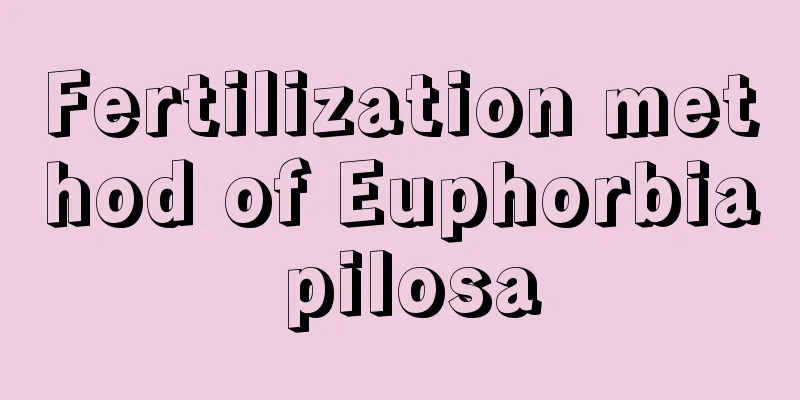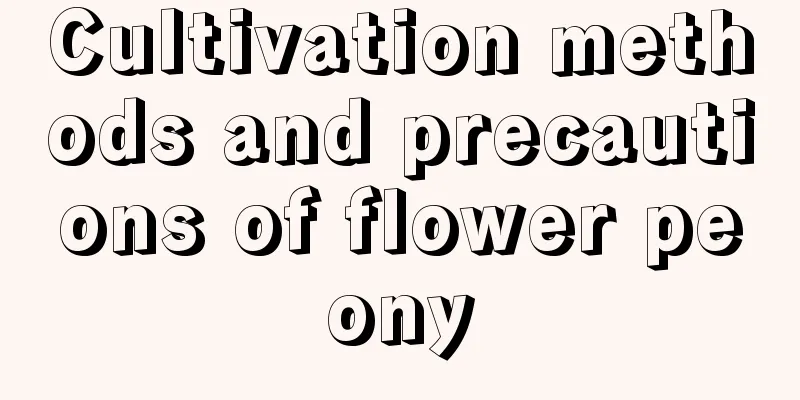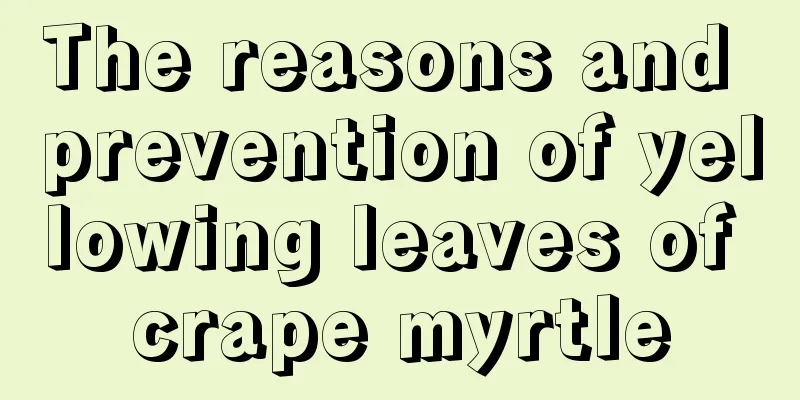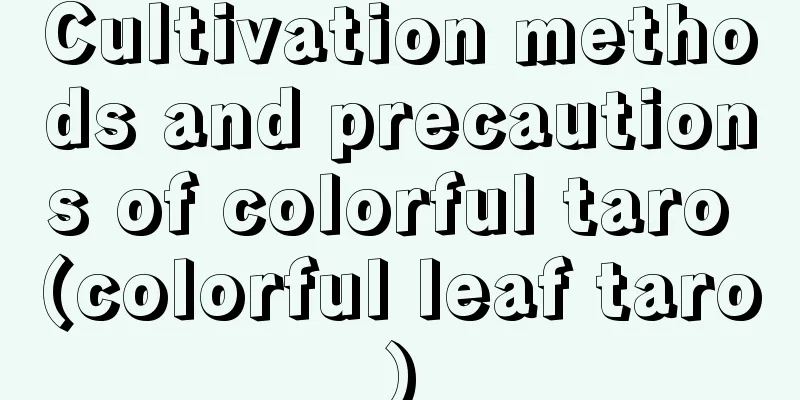The food used to feed pigs is used to grow succulents, and they become bigger than fists!

Peanut branPeanut bran is the residue left after peanut oil is squeezed. It is rich in phosphorus and potassium. Giving succulents some peanut bran fertilizer can not only improve their disease resistance, but also make the leaves easier to color! 1. Crush the peanut branCrush the large pieces of peanut bran into as small pieces as possible. 2. Put the peanut bran into the plastic bottlePut the crushed peanut bran into the bottle and add water, not too full, leaving 1/4 of the bottle empty. Add a few pieces of orange peel to remove odors, cover the bottle with a lid and place it in direct sunlight. Open the lid every 2 days to let it breathe for a while and then tighten it again. 3. Fermentation is completed after 1-2 monthsAfter about 1-2 months, the peanut bran fertilizer water will turn black, indicating that the fermentation is complete. 4. Dilute and pour over the meatTake out a small amount of peanut bran fertilizer liquid, add 30 times of clean water to dilute it, and then water the succulents. It only needs to be watered once every half a month at most. Do not do it too frequently, otherwise it will be burned. It would be strange if the succulents didn’t grow into fat plants after drinking the fertilizer water. The leaves are brightly colored and pleasing to the eye! OkaraBean dregs are rich in nitrogen, vitamins, etc. Adding some bean dregs soil to the pot of succulents can make the succulents grow fatter, cuter, and easier to raise! 1. Bury bean dregs in the soilFirst, spread a 5 cm thick layer of soil on the bottom of the pot, then spread a 2 cm thick layer of bean dregs, and then spread a 5 cm thick layer of soil. Continue to spread the bean dregs layer by layer. Finally, seal the mouth of the pot with a plastic bag and place it in a place with direct sunlight and high temperature. 2. After 1 month, the fermentation of bean dregs soil is completedIt takes about a month for the bean dregs soil to be fermented. The fully decomposed bean dregs soil is not only nutritious, but also very loose and breathable. 3. Add some bean dregs soil to the succulent potMix river sand, peat soil and coconut coir in a ratio of 10:7:3, then add a handful of bean curd dregs soil, stir evenly, and then use it to grow succulents. It is especially suitable for growing succulents that are still young seedlings, so that the leaves can grow round and full and burst out of the pot! WeedsSome flower lovers may say, don’t pigs eat feed? In fact, pigs are omnivores and they like to eat grass. Grass contains nitrogen, phosphorus, potassium, and iron, and is a natural organic fertilizer. You can make it into grass juice fertilizer and give it to succulents to drink, and they will grow rapidly! 1. Cutting weedsFlower lovers can go to the wild and cut some fresh green weeds, as long as they have green stems and leaves. 2. Crush the leavesUse a knife to chop the weeds into small pieces, the finer the better. 3. Put the shredded leaves into plastic bottlesPut the chopped leaves into a plastic bottle, pour in 5 times the amount of clean water, cover the bottle cap, and place it under direct sunlight. After 1 month, the grass juice fertilizer will be fermented. 4. Dilute and water the succulentsPour out some grass juice fertilizer, then add 10 times the amount of clean water to dilute it. Water the succulents once a month. Be careful not to water the leaves. The succulents will grow faster after drinking the fertilizer, and the leaves will become round, which will make everyone envious! These natural fertilizers Have you flower lovers ever used it on succulents? If you think what Huahua said is useful, Just share it with others! |
Recommend
When is the best season to plant sugar apple?
Custard Apple Planting Season and Time The origin...
What to do if the roots of Michelia sempervirens rot
1. Treatment measures for less serious cases As m...
Is the lotus suitable for indoor cultivation?
1. Is it suitable? Bowl lotus is not suitable for...
Will baby's breath die in winter? Is it suitable for indoor cultivation?
1. Will I die in winter? Gypsophila paniculata is...
Why is the fortune tree losing its leaves? How to save it
1. Insufficient water Reason: The money tree pref...
These flowers only bloom in spring, so check them out! If you make a mistake, wait another year.
Rapeseed Flowering begins in February. Rapeseed f...
How to grow orchids indoors in summer
1. Water Water evaporates quickly in summer, so i...
What kind of pesticides are needed for fig tree cultivation?
Fig is a tree of the genus Ficus in the Moraceae ...
Where is the best place to plant camphor trees? Is it suitable to plant them at home?
Camphor tree planting area Camphor trees are suit...
How to plant avocado pits in pots How to plant avocado seeds in small pots
Many people only know that avocado is a nutritiou...
Is it profitable to plant Chinese toon? How much profit is there per acre?
Is it profitable to grow Chinese toon? Chinese to...
Complete guide to propagating Malus truncatum
Seed propagation of Malus truncatum Seed propagat...
Can blueberries be grown indoors?
Can blueberries be grown indoors? Blueberries can...
When is the strawberry season? Strawberry pictures
1. Maturity Time Strawberries are mainly availabl...
How to identify Jinping Schefflera
1. Appearance Jinping Schefflera is a shrub, abou...









